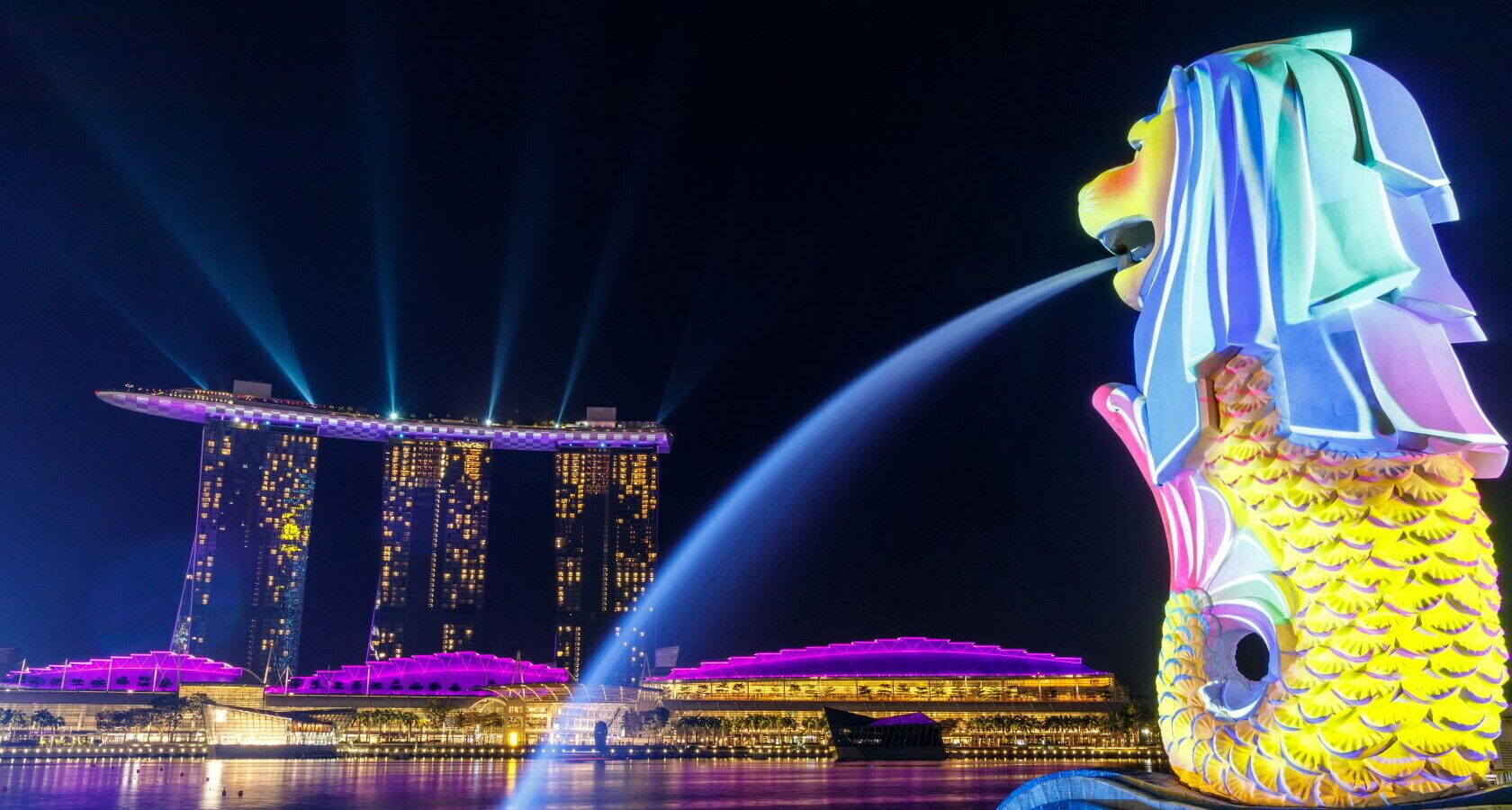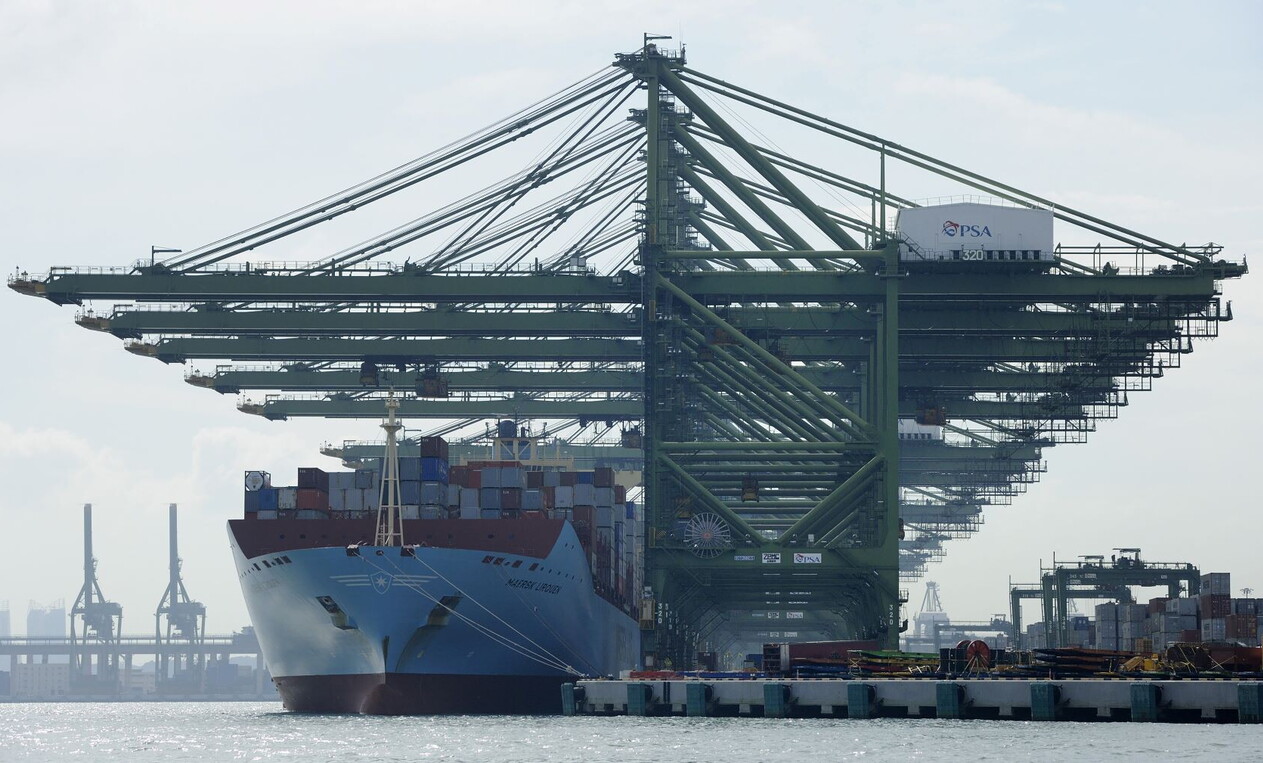
An ecosystem favorable to trade
The strategic role of Singapore
Its world-class SLNG terminal on Jurong Island, together with its advanced and well-connected energy services, makes Singapore a central pillar of regional energy security
4 minL
iquefied Natural Gas (LNG) will remain a cornerstone of Southeast Asia’s power mix throughout the 2020s and well into the 2030s. It supports coal-to-gas switching, offsets declining domestic gas production in several countries, and provides the flexibility needed as renewables, regional power interconnections, and low-carbon fuels continue to expand.
Singapore already operates one of the world’s most gas-dependent power systems, with natural gas—both piped and liquefied (LNG)—supplying nearly all of its electricity generation. Over the next decade, LNG demand across Southeast Asia is expected to accelerate as new import terminals come online, industrial consumption expands, and coal-to-gas switching gathers pace.
Singapore has positioned itself as the region’s anchor of reliability and trade. Its world-class SLNG terminal on Jurong Island—backed by advanced trading, shipping, finance, and marine fuel services—places it at the center of regional energy security. Ongoing global supply growth and the expansion of portfolio trading are likely to strengthen this position, even as Singapore diversifies into regional power imports and hydrogen-based fuels.

Careful expansion of SLNG capacity—paired with targeted service innovations and closer coordination with neighboring markets—can enhance supply security while advancing decarbonization, particularly through the integration of carbon capture and storage (CCS) solutions.
Singapore’s LNG Infrastructure and Trading Ecosystem
Since operations began in 2013, the SLNG terminal has expanded to include multiple storage tanks and jetties, reaching a peak send-out capacity in the low-teens Mtpa. Its capability to handle a wide range of vessel sizes and provide portfolio-friendly services—such as re-exports, gassing-up and cool-down, and small-scale LNG—has made it a model of flexibility and a key asset for market participants.
The 2021–2022 global gas crunch underscored the value of Singapore’s safeguards, including its standby LNG reserves, which strengthened national energy security. This credible “backstop” reduced both operational and counterparty risk compared with regional peers.
Singapore has also deliberately built a comprehensive LNG ecosystem encompassing JKM-linked trading, shipping, marine fuel bunkering, risk management, and financial services. This clustering effect reduces transaction costs, enhances flexibility, and cements Singapore’s position as Asia’s leading LNG trading hub.
Through progressive licensing policies and support for early movers such as FueLNG, Singapore has become the world’s leading LNG bunkering hub. This not only sustains a stable base of demand and strengthens terminal utilization but also positions Singapore to pivot smoothly toward future marine fuels such as methanol and ammonia.
LNG’s Role in Singapore’s Energy Transition
Gas-fired generation will remain the backbone of Singapore’s power system, with LNG increasingly compensating for declining piped gas imports. The government’s “Four Switches” strategy balances:
1. Natural Gas – efficiency upgrades, competitive procurement, storage security.
2. Regional Power Imports – several gigawatts targeted by the mid-2030s.
3. Solar & Storage – constrained by land, but scaling via rooftops, reservoirs, and regional cooperation.
4. Low-Carbon Fuels – hydrogen and ammonia pilots advancing.
While hydrogen and ammonia pathways are being tested, challenges in infrastructure, safety, and supply chains ensure LNG will remain the practical reliability backstop throughout this decade.
Geopolitics and Market Dynamics
Global LNG capacity expansions expected in the late 2020s are likely to ease market tightness, improving cargo flexibility and supply security for Asian buyers. China’s spot market behavior—historically volatile and highly price-sensitive—has redirected cargoes toward Southeast Asia and Europe, positioning Singapore to play a pivotal role in mediating these arbitrage flows.
Yet regional competition is intensifying as Thailand, Vietnam, and the Philippines expand their capacity through new FSRUs and onshore terminals. While these facilities will meet local baseload demand, portfolio traders are expected to continue relying on Singapore’s storage, reload, and bunkering services—ensuring its continued central role in the regional LNG landscape.

